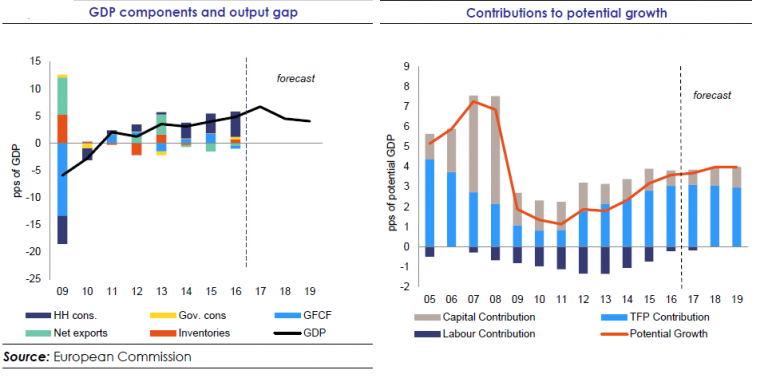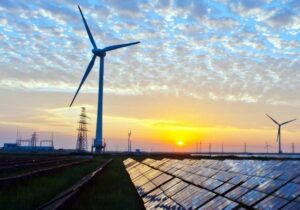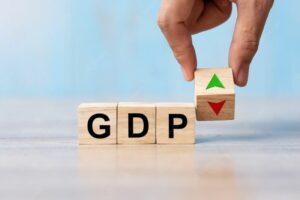 „In the absence of structural reforms and fiscal consolidation, Romania’s strong economic growth risks creating the conditions of a tough landing,” in case of a change of the economic cycle, according to the European Commission’s (EC) country report on Romania, within the European Semester.
„In the absence of structural reforms and fiscal consolidation, Romania’s strong economic growth risks creating the conditions of a tough landing,” in case of a change of the economic cycle, according to the European Commission’s (EC) country report on Romania, within the European Semester.
However, there is still the opportunity to „rebuild the buffer fiscal areas and prepare the economy for weaker moments” (…), and the continuation of structural reforms „would support Romania’s transformation into an economy with higher added value and could improve economy’s resilience to a possible recession.”
The main milestones are:
- Even if the growth is expected to slow down, it will „remain above the potential”, at about 4.5% in 2018 and 4.0 in 2019.
- Potential growth is estimated to have been around 3.7% in 2017, compared to an average of 4.6% over 2000-2008.
- The current account deficit widens to 3.2% of GDP in 2018 and 3.4% in 2019, as the import growth outpaced that of exports.
- The headline deficit increases as a result of a pro-cyclical fiscal policy, and the EC’s projection is 3.9% in 2018 assuming no policy change.
- The structural deficit (calculated after the economic cycle correction) increases to 4.3% in 2018, after 3.3% in 2017 and 2.2% in 2016.
- Poverty remains high. In 2016, the risks of poverty and social exclusion increased, affecting 38.8% of the population and reversing a decreasing trend of several years.
- High economic growth is accompanied by high inequalities. The richest 20% of the population earns seven times more than the poorest 20%, compared to a ratio of five in the EU-28
- At the same time, the bottom 10 % of the population earning 14 times less than the bottom half, one of the highest ratio in the EU.










